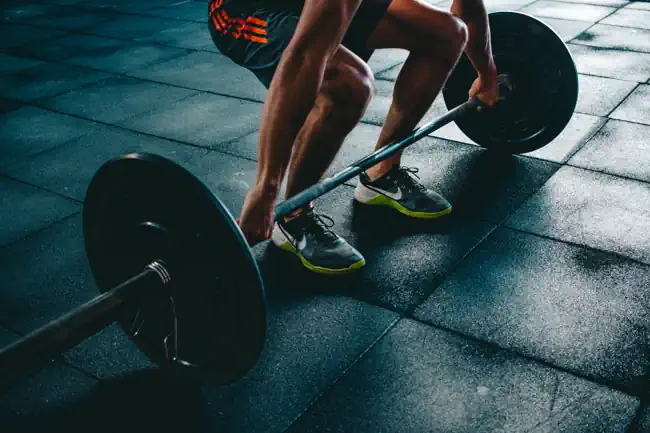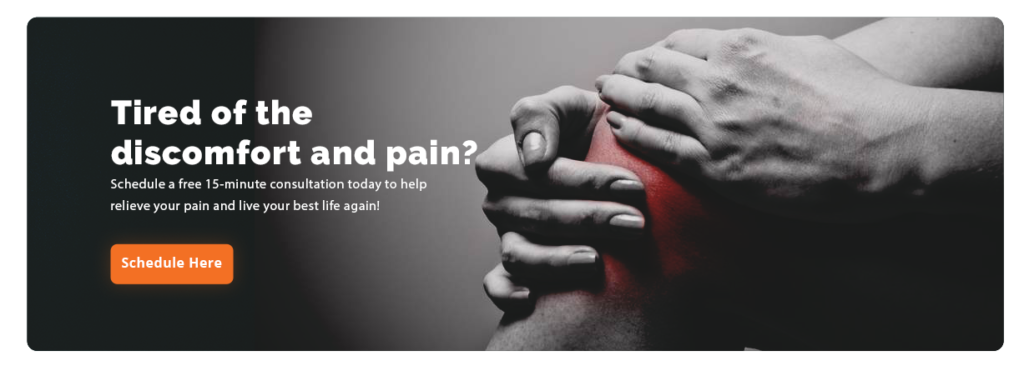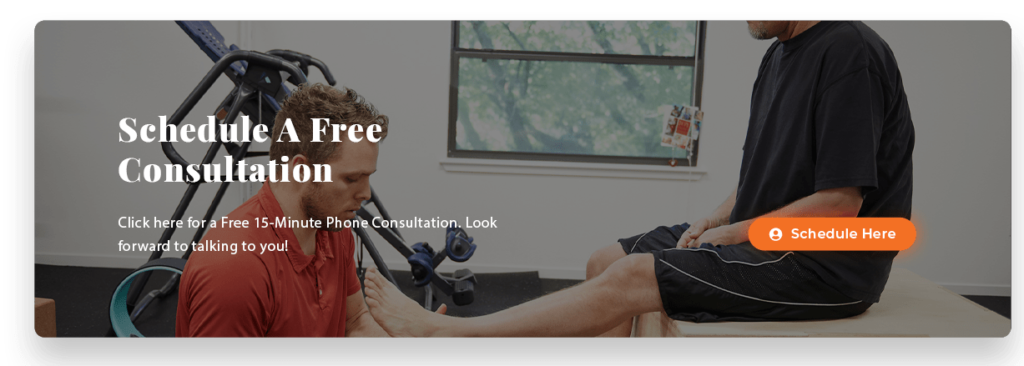Relieving Lower Back Pain From Deadlift
“If you think lifting weights is dangerous, try being weak. Being weak is dangerous.” – Bret Contreras
There’s much to be said for weightlifting as a form of strength building. And, while it may not be inherently dangerous, it is certainly possible to get hurt if it is done improperly. In fact, the most common weightlifting injuries include: back strain, rotator cuff strain, biceps strain according to Houston Methodist hospital.
However, there are very real health benefits from lifting weights for almost anyone. Here are some of them:
- Improved bone density: Weightlifting has been shown to improve bone density and reduce the risk of osteoporosis.
- Increased muscle mass: Lifting weights can help increase muscle mass and strength.
- Improved sleep: Sleep quality can be improved with regular weightlifting.
- Improved posture: Certain weightlifting routines can help improve posture by strengthening muscles that support your spine.
- Reduced inflammation: Lifting weights can help reduce inflammation in your body and joints.
- Increased metabolism: Increased metabolism and burning more calories throughout the day can result from lifting weights.
However, it’s important to note that lifting weights should be done safely and with proper form to avoid injury. If you’re new to lifting weights, it’s a good idea to start with lighter weights and gradually increase the weight as you get stronger.
Deadlift and Lower Back Pain and Injury
While it may be one of the most easily recognized weightlifting moves to most people, not everyone is familiar with the term.
Essentially, deadlift is a weight/strength training exercise in which a loaded barbell or a bar is lifted from the ground to the level of the hips, and then lowered to the ground again. According to an article at Healthline,
“Deadlifts are highly effective at increasing functional strength due to the activation of your largest lower body muscles. They also train you for the functional activity of safely lifting objects off of the floor, which is a key skill for day-to-day activities.”
Unfortunately, deadlifts can also easily lead to lower back pain and injuries.
As one source noted, a strain can result from the lower back’s muscle fibers being overly stretched or torn. A sprain occurs when ligaments are torn. Both injuries can result in intense lower back pain, stiffness, muscle spasms, and decreased mobility.
Treatment for lower back pain from deadlift injuries can vary depending on the actual cause and the severity of the injury.
For example, relatively minor lower back muscles strain, common treatment options include:
- Anti-inflammatory medicines such as ibuprofen, aspirin, and naproxen can help reduce inflammation and pain.
- Applying ice or heat to your lower back can help reduce pain and swelling.
- Resting in comfortable positions can help you heal.
- Walking and stretching can help you heal and strengthen your core so that you prevent future injuries.
For more severe muscle strains, a doctor may recommend physical therapy which will often include an in-depth evaluation, which, combined with the doctor’s diagnosis, will determine a treatment recommendation specifically designed for low back pain.
In addition, pain medications and muscle relaxants may also be helpful on a short-term basis in combination with the physical therapy.
Of course, there are also various alternative holistic options that have been shown to be effective for relieving low back pain including acupuncture, chiropractic care, deep-tissue massage, and yoga.
Treatment for Lower Back Muscle Sprain Injury
As we noted previously, lower back pain is typically due to injury to the lumbar muscles.
The American Association of Neurological Surgeons website states that,
“Lumbar muscle strain is caused when muscle fibers are abnormally stretched or torn. Lumbar sprain is caused when ligaments (the tough bands of tissue that hold bones together) are torn from their attachments. Both of these can result from a sudden injury or from gradual overuse. Lumbar strain or sprain can be debilitating.”
These are typical symptoms you might experience with lower back muscle sprain:
- your back hurts more when you move, less when you stay still
- pain in your back radiates down into your buttocks but doesn’t typically extend into your legs
- muscle cramps or spasms in your back
- trouble walking or bending
- difficulty standing up straight
The typical treatment options of a sprained lower back muscle is much the same as for muscle strains. However, although muscle injury treatment is similar for sprains and strains, their time to heal is different. Sprains take longer to heal as they are the result of damage to ligaments.
Initial treatment for muscle sprains includes rest, ice, compression, and elevation. Mild sprains can be successfully treated at home. Severe sprains sometimes require surgery to repair torn ligaments.
Pain and Performance Solutions: When Your Lower Back Pain Persists
One source reports that almost 20 percent of people who have acute lower back pain, such as from strains or sprains, end up developing chronic lower back pain. Of course, chronic lower back pain is actually worse than acute muscle strain since it never goes away completely.
If you’re experiencing severe, recurring, or chronic lower back pain and you no longer want to simply “live with it,” you can begin the journey to real lower back pain relief.
And the first step is making the call to Pain and Performance Solutions.
We invite you to make an appointment today. During your initial consultation and assessment, we will work with you to learn all we can about your present pain issues, any other history of back pain or discomfort, as well as your current level of physical activity.
Treating and relieving your lower back pain begins once we understand where and how the condition started.
A full examination will help us determine which form of lower back treatment is best suited to get you on your road to recovery. Your trust in us is key, as is your honesty. Ultimately, getting your body healthy and working properly is the only way to achieve total recovery.
Contact us today at (707) 636-4404 or use our online booking form to set up a consultation and an office walkthrough.



